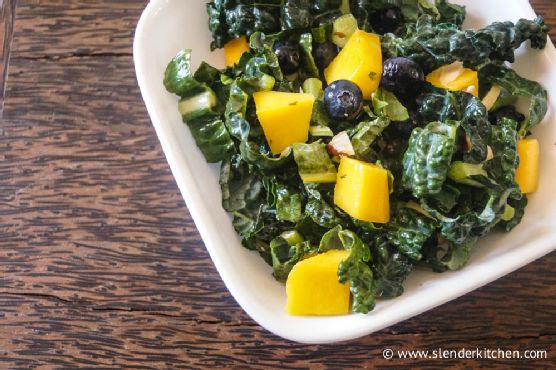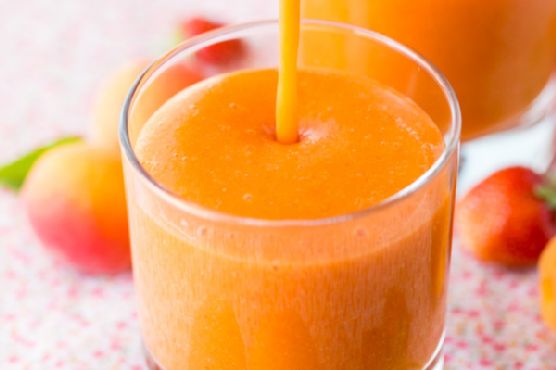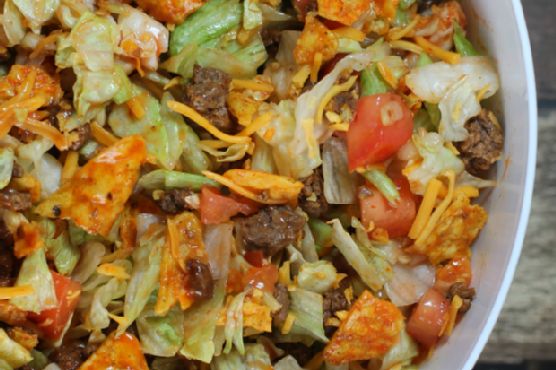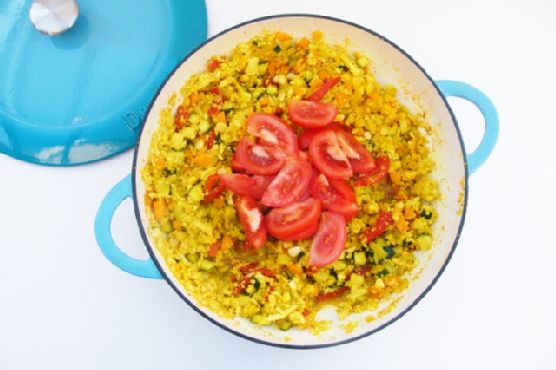Sesame Kale Salad with Mango and Blueberries
If you have about 45 minutes to spend in the kitchen, Sesame Kale Salad with Mango and Blueberries might be a tremendous gluten free, dairy free, paleolithic, and lacto ovo vegetarian recipe to try. This salad has 256 calories, 6g of protein, and 13g of fat per serving. For $1.7 per serving, this recipe covers 24% of your daily requirements of vitamins and minerals. This recipe serves 2. This recipe from Slender Kitchen has 115 fans. Head to the store and pick up almonds, blueberries, kale, and a few other things to make it today. Taking all factors into account, this recipe earns a spoonacular score of 98%, which is outstanding. If you like this recipe, you might also like recipes such as Broccoli and Kale Salad with Blueberries and Coconut, kale salad with blueberries, manchego and pumpkin seed clusters, and Summer Kale Salad with Blueberries, Cherries, and Goat Cheese.
Servings: 2
Ingredients:
2 tbsp. sliced almonds
1/2 cup blueberries
1 tbsp. honey
1 bunch Lacinto kale, chopped with stems removed
1 cup mango, peeled and chopped
Pinch of red pepper flakes
1.5 tbsp. rice wine vinegar
Salt and pepper
1 tbsp. sesame oil, divided
Equipment:
bowl
Cooking instruction summary:
Add the kale to a bowl with half the sesame oil. Sprinkle some salt on the kale and then gently massage the kale with your fingers to soften it up.Mix together the remaining oil, honey, rice wine vinegar, salt, pepper, and red pepper flakes to make the dressing.Pour the dressing over the kale and toss to coat. Add the mango, blueberries, and almonds.
Step by step:
1. Add the kale to a bowl with half the sesame oil. Sprinkle some salt on the kale and then gently massage the kale with your fingers to soften it up.
2. Mix together the remaining oil, honey, rice wine vinegar, salt, pepper, and red pepper flakes to make the dressing.
3. Pour the dressing over the kale and toss to coat.
4. Add the mango, blueberries, and almonds.
Nutrition Information:
covered percent of daily need















